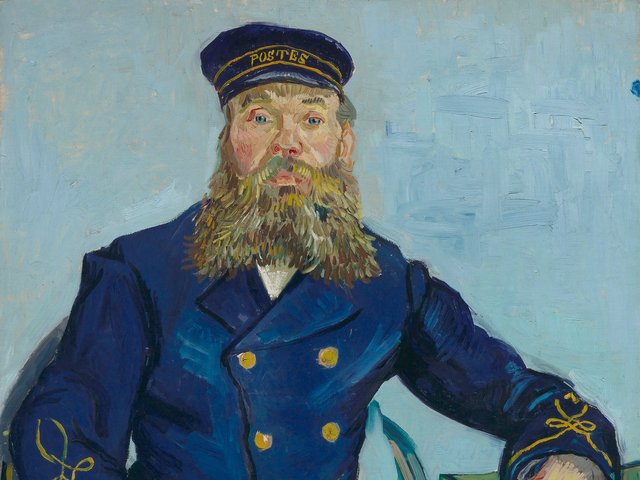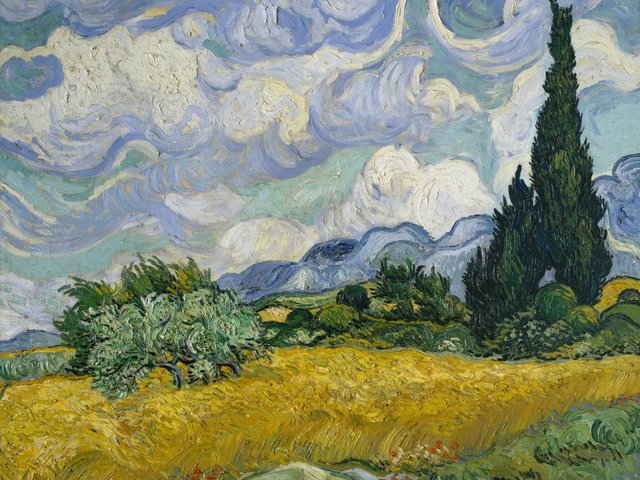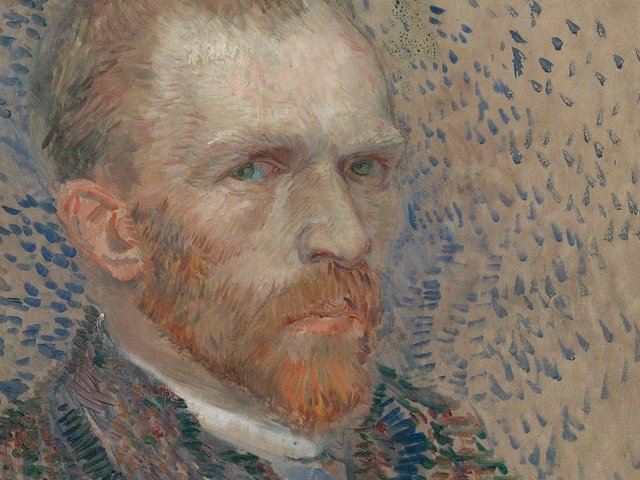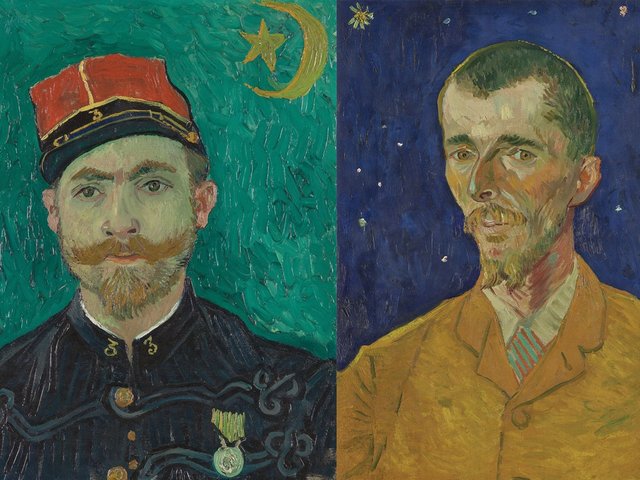A 30-piece retrospective dedicated to Glenn Brown, which opened earlier this month at the Fondation Vincent van Gogh in Arles, southern France (until 11 September), examines how the leading UK artist draws upon the themes and techniques used by Vincent van Gogh. We asked Bice Curiger, the exhibition curator and artistic director of the Fondation Vincent van Gogh, about the significance of the comparative analysis.
The parallel show, Van Gogh in Provence: Modernising Tradition (until 11 September), includes 31 paintings from the collections of the Van Gogh Museum in Amsterdam and the Kröller-Müller Museum in Otterlo.
The Art Newspaper: Why is the exhibition important?
Bice Curiger: It is the first time that Glenn is showing paintings, sculptures and drawings together in a show. He had stopped painting for almost three years to concentrate on drawing and it is so incredibly impressive to see now the richness, coherence and uniqueness of his artistic research and vision. As this exhibition is inevitably connected to Van Gogh, one witnesses an unusual juxtaposition between this master of classic Modern art [Van Gogh] and an eccentric contemporary artist. It is a very productive dynamic emanating between two obsessively lucid artistic worlds, which seem at once contrasting and tangential.
Have you discovered anything new about the work of Glenn Brown?
Oh, yes, on many levels; there is for instance the connection to popular culture, which in Glenn’s work is openly referred to in the titles; for instance Suffer Well after a song by Depeche Mode, which is the title of the show, and the title of a painting from 2007. It is interesting to see how he refers in his paintings to reproductions, as much as he draws upon original works of art studied in museums; this is something he shares with Van Gogh who was a collector of all sorts of reproductions, from Rembrandt to Millet and magazine illustrators.
Another aspect I think is interesting to discover in the context of this exhibition is a specific emotional or expressive side in the imagery of this liquified world, where wonders and horror are so closely entangled.
How do Brown’s three new sculptures reference the work of Van Gogh? Or do you make connections between Brown’s work and Van Gogh’s canon in other ways?
There are four paintings that directly recall Van Gogh’s paintings including Suffer Well, which refers to Skull of a Skeleton with Burning Cigarette (1885), and Misogyny (2006), which links to Torso of Venus (1886). Brown has created three new sculptures which all emanate from the colour palette of one of Vincent’s paintings, a beautiful portrait of the young Armand Roulin (1888), which is housed at the Folkwang Museum in Essen. The sculpture Hokey Cokey (2016) takes up the colours of this portrait. But Glenn uses the yellow of the jacket [of the Roulin portrait] to paint what you could perceive as hair, and the turquoise of the background for the shoulders of the [Hokey Cokey] bust.





